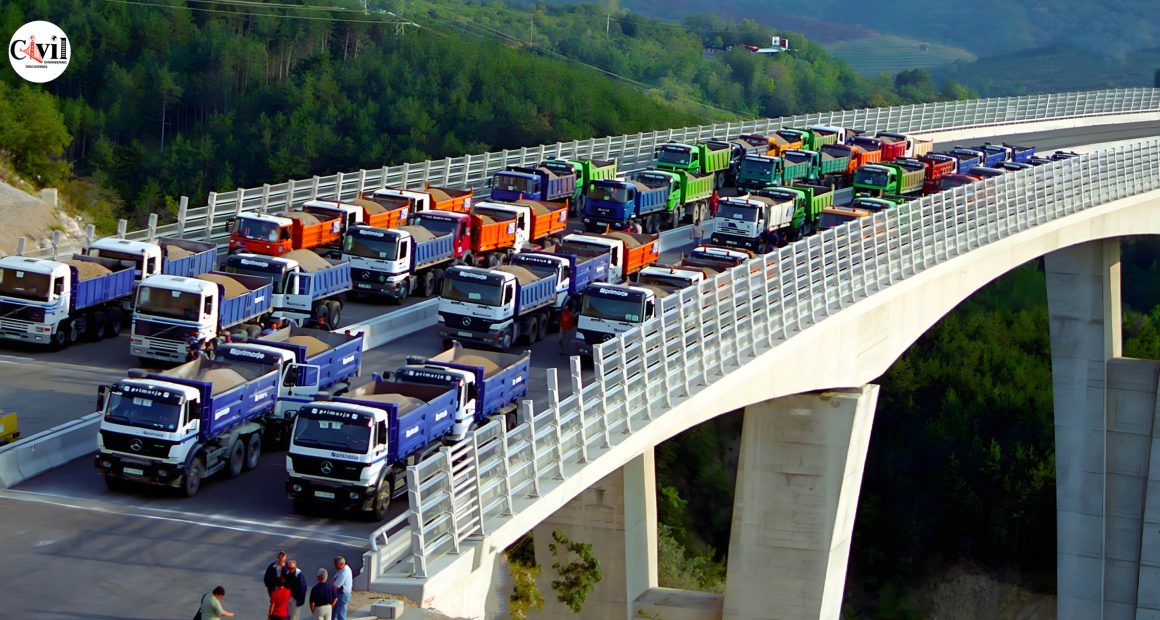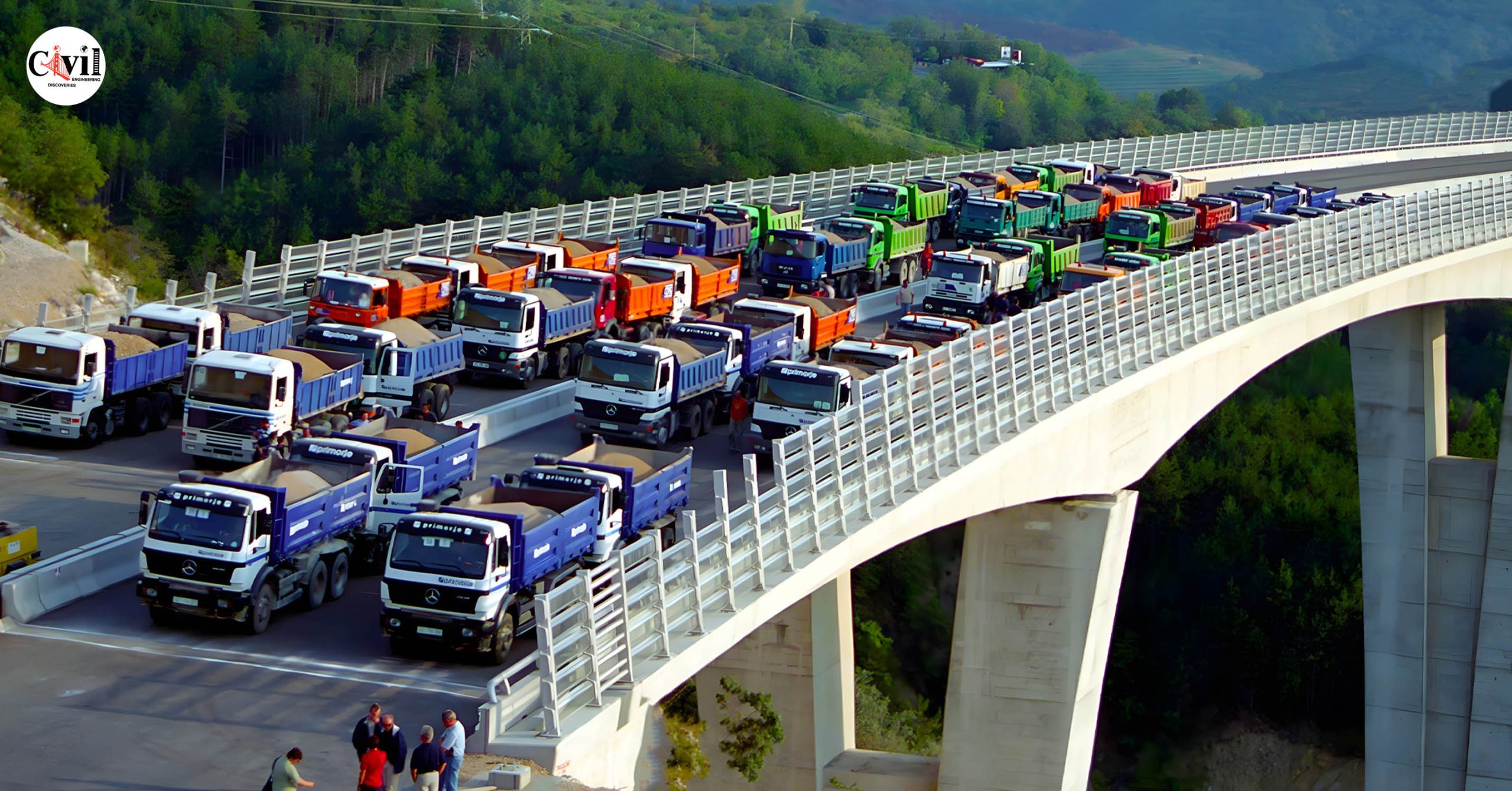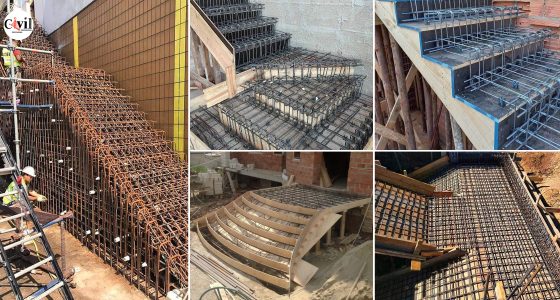Ever wondered how engineers make sure a bridge won’t collapse under pressure—literally? That’s where bridge load testing comes in. It’s a crucial process that evaluates a bridge’s structural performance under controlled conditions. Whether you’re an engineer, a student, or just curious about infrastructure, understanding how this process works can give you a whole new appreciation for the roads you drive on.
Understanding Bridge Load Testing
What Is Bridge Load Testing?
Bridge load testing is the practice of applying known loads to a bridge and measuring its response. These tests help determine how well a bridge performs compared to its original design. Think of it like a stress test for a heart, but for concrete and steel.
Types of Load Tests: Static vs. Dynamic
Static Load Test: This involves placing a steady load on the bridge and observing its response.
Dynamic Load Test: Here, moving loads (like trucks at different speeds) are used to study vibration and behaviour under real-world conditions.
Why Load Testing Matters
Ensuring Structural Safety
Safety first, always. Load testing identifies weaknesses before they become catastrophes. It ensures that the bridge can support the loads it was designed for.
Compliance with Regulations
Many countries have strict codes that require periodic bridge testing. Staying compliant keeps you out of legal trouble and helps secure funding.
Evaluating Repairs and Aging Infrastructure
Bridges don’t last forever. Load testing helps determine if a repaired or aging structure still meets safety standards—or if it’s time for an overhaul.
Pre-Test Preparations
Site Inspection and Survey
Before anything else, conduct a thorough visual inspection. This includes checking for visible damage, corrosion, or any warning signs that could interfere with testing.
Traffic Management and Detours
You can’t test a bridge with cars zooming over it. Temporary road closures and detours are planned to ensure safety and smooth testing.
Choosing the Right Type of Load Test
Depending on the bridge’s condition and purpose, decide whether a static or dynamic test (or both) is required.
Load Test Planning
Test Objectives and Scope
Set clear objectives—what exactly are you testing for? This might include deflection, vibration, or load-bearing capacity.
Load Configurations and Load Vehicles
Decide how many vehicles will be used, their weight, and their position. Trucks are commonly used because their weight is predictable and consistent.
Instrumentation and Sensor Setup
Sensors like strain gauges, LVDTs (Linear Variable Differential Transformers), and accelerometers are installed to collect real-time data during testing.
Safety Measures
Safety Protocols for Personnel
Everyone on site must wear PPE—helmets, vests, gloves, the whole deal. Safety briefings and evacuation plans are mandatory.
Communication Systems
Walkie-talkies and other communication tools ensure that everyone stays connected during the test, especially if adjustments are needed on the fly.
Emergency Procedures and Risk Mitigation
Plan for the worst. Emergency response strategies should be in place in case something goes south.
Static Load Testing Method
What It Involves
A static test applies a controlled load, usually using parked trucks. Sensors track how the bridge reacts—does it sag, bend, or stay firm?
Steps to Perform a Static Load Test
Install sensors and instruments.
Position the vehicles as per the test plan.
Apply the load and record data.
Remove the load and monitor recovery.
Data Collection Techniques
Data loggers collect sensor readings, which are later compared to the bridge’s original specifications or simulation results.
Dynamic Load Testing Method
When to Use It
Use dynamic testing when you’re evaluating high-speed impacts, vibrations, or assessing how a bridge behaves under moving loads.
How Dynamic Testing Is Conducted
Trucks or even specialised load vehicles move across the bridge at set speeds. High-speed cameras and sensors monitor every bounce and shake.
Vibration Monitoring and Frequency Analysis
Measuring natural frequencies helps identify weaknesses in the bridge’s dynamic response—like how a musical note reveals the condition of a guitar string.
Equipment and Technology Used
Load Measuring Equipment: Weighing systems verify the exact load applied.
Strain Gauges & Accelerometers: Measure deformation and vibrations.
Data Loggers: Capture and store real-time data for analysis.
Laser Scanners: Monitor surface deflection with extreme precision.
Interpreting the Results
Analysing Deflections and Strain
If the bridge bends more than expected, that’s a red flag. Small, expected deflections are normal, but large ones can spell danger.
Comparing Data to Design Standards
Engineers compare field data to design expectations. If values exceed thresholds, repairs or reinforcement may be needed.
Reporting and Documentation
A comprehensive report is generated, including graphs, raw data, photos, and recommendations. This report is key for decision-making.
Challenges in Bridge Load Testing
Environmental Factors: Rain, wind, and temperature can skew results.
Equipment Calibration: Inaccurate sensors = bad data.
Human Error: Misreading a sensor or misplacing a load vehicle can mess up the whole test.
Case Studies
Real-World Bridge Load Tests
Many iconic bridges, like the Golden Gate or London’s Tower Bridge, undergo regular load testing. These tests often reveal minor issues before they escalate.
Lessons Learned from Field Examples
In one case, a bridge in Asia showed unexpected vibration patterns under dynamic loading. Further investigation revealed hidden structural fatigue.
Post-Test Actions
Restoring the Bridge to Traffic
Once cleared, remove all equipment and clean up the site. Reopen the bridge only after final clearance.
Maintenance and Repair Decisions
Based on test outcomes, engineers may decide to strengthen, repair, or even restrict usage of the bridge.
Updating Records and Bridge Ratings
New data gets added to the bridge’s maintenance history and structural rating databases.
Legal and Regulatory Considerations
National and International Guidelines
Follow standards like AASHTO, Eurocodes, or local ministry guidelines depending on your location.
Liability and Professional Responsibility
Incorrect testing can have legal consequences. Only certified professionals should lead the process to ensure both safety and compliance.
Click Here To See How To Derive Formula For Super-Elevation Of Bending Road



















